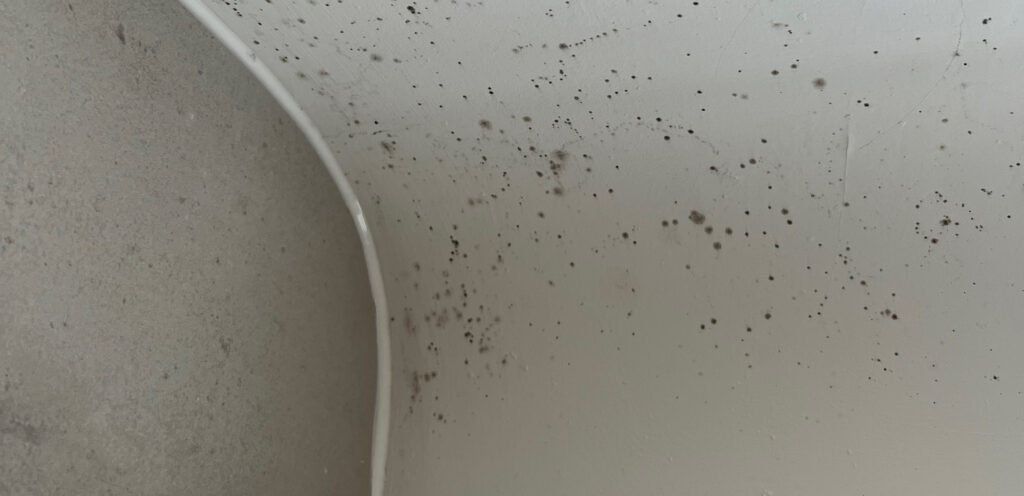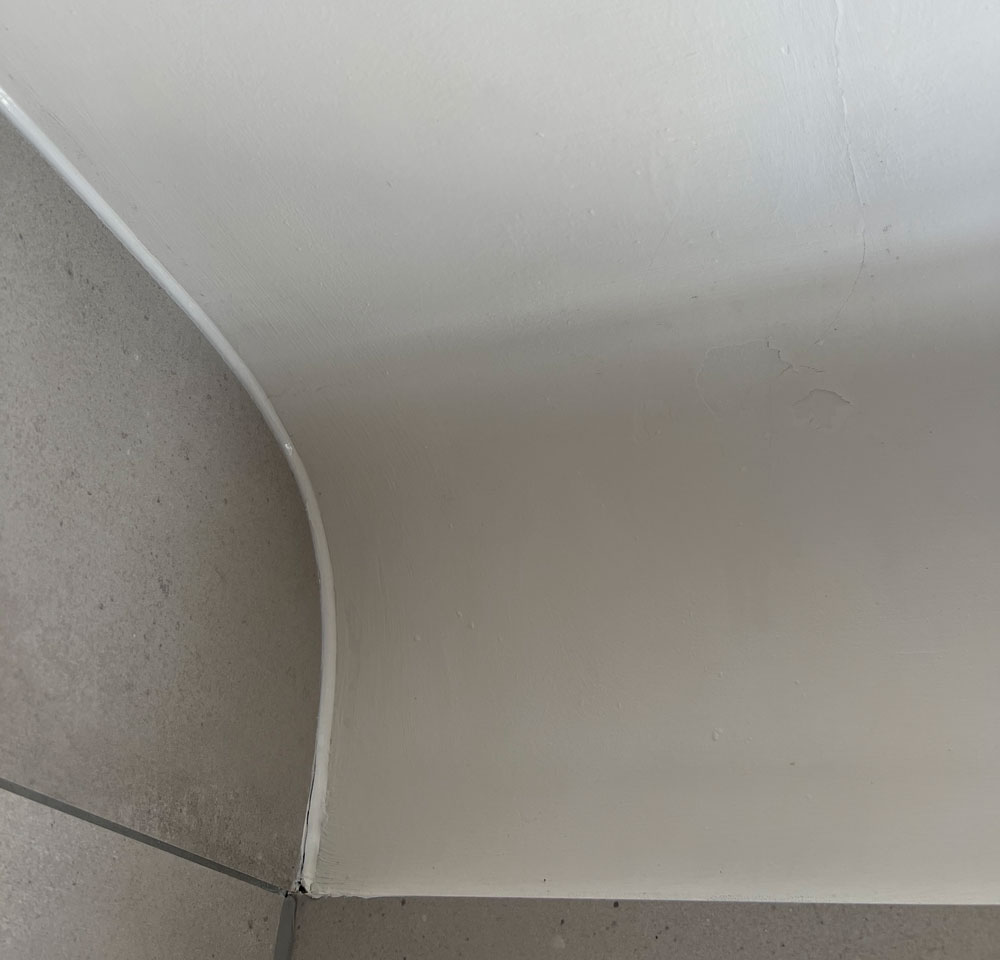In December 2020, two year old Awaab Ishaq died as a result of the mould and damp in the home his parents rented from the housing association Rochdale Borough Housing.
His death shook the social housing sector as well as the general public, with thousands of people signing petitions stating that this should never happen again. It also triggered the government to take action, tabling amendments to the Social Housing Regulation Bill to introduce Awaab’s Law. We feel we all have a duty to do as Awaab’s father, Faisal Abdullah says: “Ensure that no one goes through what they faced.”
While the amendment is still currently being discussed, it’s worth getting to know what it entails and what you will need to do to be compliant.
The Social Housing Regulation Bill and Awaab’s Law
Awaab’s Law will put in place strict time limits to resolve issues of mould and damp. If social housing tenants are concerned that poor housing conditions pose a danger to the health of themselves or their family, they can demand that action be taken. Strict time limits will be put in place for landlords to resolve issues, with Ofsted style inspections, ratings from tenants and unlimited fines for if they are failed or ignored.
As it stands, the amendment currently only relates to social housing, but more calls are being made for it to be extended to the private rental sector. Citizens Advice has added to this, revealing that its analysis shows that 2.7million households in England struggle with damp, mould and excessive cold.
What causes damp and mould?
Mould spores exist in the air, just looking for a place to settle and grow – and the ideal conditions for this are damp. This moisture build up can be caused by poor ventilation and high humidity; leaking pipes, rising damp or leaks due to damage to windows or roofs/ceilings. New build homes also need some time to settle and dry out.
If a mould spore finds a damp spot, it can develop in 24-48 hours and spread if not dealt with. Of course, while in the very early stages it easy enough to wipe mould away, but it’s not always easy to spot before it becomes an issue. If the source of damp is not found, it will be a recurring problem.
Why are damp and mould a hazard to health?
Now classified by the UK government as a Category 1 Health Hazard – the same as asbestos – mould has been linked by the World Health Organisation to the following illnesses:
- Respiratory infections
- Allergic rhinitis
- Exacerbation of asthma
- Coughs
- Upper respiratory tract (nasal and throat) symptoms
- Allergic fungal sinusitis
- Wheeze
- Allergic alveolitis
- Hypersensitivity pneumonitis
- Chronic rhinosinusitis
How to prevent mould and damp
Finding the source of the damp is key. It could be that more ventilation is needed in the kitchen or bathroom areas, and spaces where tumble driers may be, and pipes and insultation need to be checked.
Once completed, a professional cleaning company can help to remove traces of mould from your property, and should be able to advise on how to prevent mould growth in future.
How are your properties right now? Do you know if they are problem-free? Our fully-accredited team can assess your properties to ensure that they are safe for your residents to live in. We also offer an annual mould inspection. Please get in touch to find out more.




